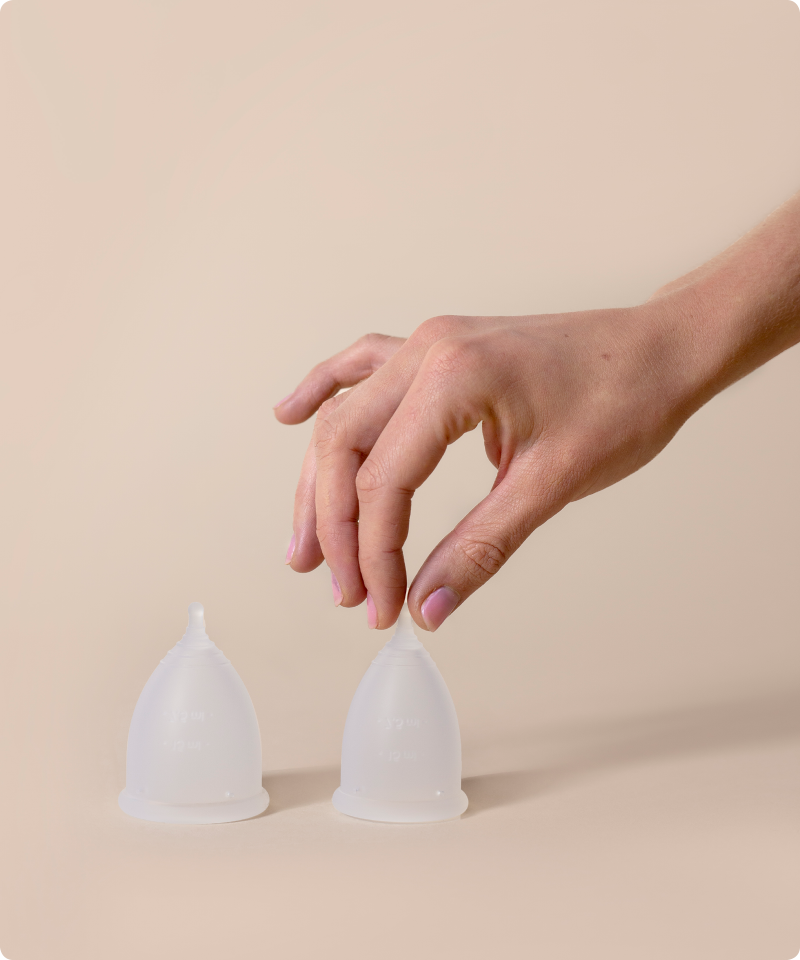Mycoplasma, the cause, symptoms and treatment
Mycoplasma genitalium is a still relatively unknown bacterial sexually transmitted disease, better known as an STD.
All STDs summed up.
Read hereMycoplasma genitalium is bacteria that was discovered not so long ago (in the 80s) and that can have some pretty nasty consequences. It is a sexually transmittable affliction, which means that it spreads just like other STDs. We aren’t exactly sure yet how often it occurs, since it isn’t tested for frequently. Do you still have symptoms, but have chlamydia and gonorrhea been ruled out? In that case, this could be the little ‘beast’ that’s making your life miserable.
Everything you need to know about chlamydia
Read here
What is it?
Mycoplasma genitalium is a tiny bacteria without a cell wall that grows very slowly. You often can’t even see it underneath the microscope, that’s how small it is!
What are the symptoms?
The symptoms of an infection with these bacteria are very similar to those that can occur with chlamydia and gonorrhea.
Men+ might suffer from pain while peeing and/or an inflamed urethra. Women+ might experience vaginal pain during penetration, or pain while peeing. Intermenstrual bleeding (in between your menstruations) also occurs. In some cases, an infection can cause infection of the urethra, cervix, endometrium, and oviducts.
Just like with gonorrhea and chlamydia, an infection with mycoplasma genitalium is often linked to Pelvic Inflammatory Disease (PID) and pregnancy complications such as spontaneous abortion and premature birth. That latter one hasn’t been proven scientifically yet**. More research needs to be done before definitive conclusions can be made.
How can you test for it?
The diagnosis of an infection based on symptoms can be quite tough, since they appear to be very similar to symptoms of other sexually transmitted diseases.
As of today, the best way to track down an infection is through a so-called PCR test. For men+ this means a urine test, and for women+, it means a vaginal swab. Sometimes (depending on the type of sexual contact you’ve had) your throat and/or anus will (also) be tested.
Should you always test, even if you don’t have symptoms?
No, that doesn’t appear to be the case. Opinions differ on whether or not an infection with mycoplasma genitalium should always be treated with antibiotics if you’re not experiencing any symptoms. For the most part, experts say that this isn’t necessary, which is also what can be found in the GPs guideline*. That is because this small beast is already quite resistant to antibiotics. For that reason, it isn’t usually included in the tests for chlamydia and gonorrhea. Only when those two have been ruled out, and you’re still dealing with symptoms, is it a good idea to be tested for mycoplasma genitalium.
Infected, what now?
When the PCR test shows that you’ve contracted an infection, and you have symptoms, you’ll be prescribed a five-day-long antibiotics treatment. One of the few antibiotics treatments that help well is called Azithromycin. It’s important to finish this cure, and to not stop any earlier (even if you aren’t experiencing symptoms (anymore)).
Usually you’ll get another test after 3 to 4 weeks to make sure the bacteria has truly disappeared.
Your (regular) bed partners will also have to be tested and treated in the case of an infection.
How do you prevent an infection?
That’s simple. Just like with other STDs, it’s best to use a condom!
Sources:
*Publication in The Lancet.3 ** H&W




























